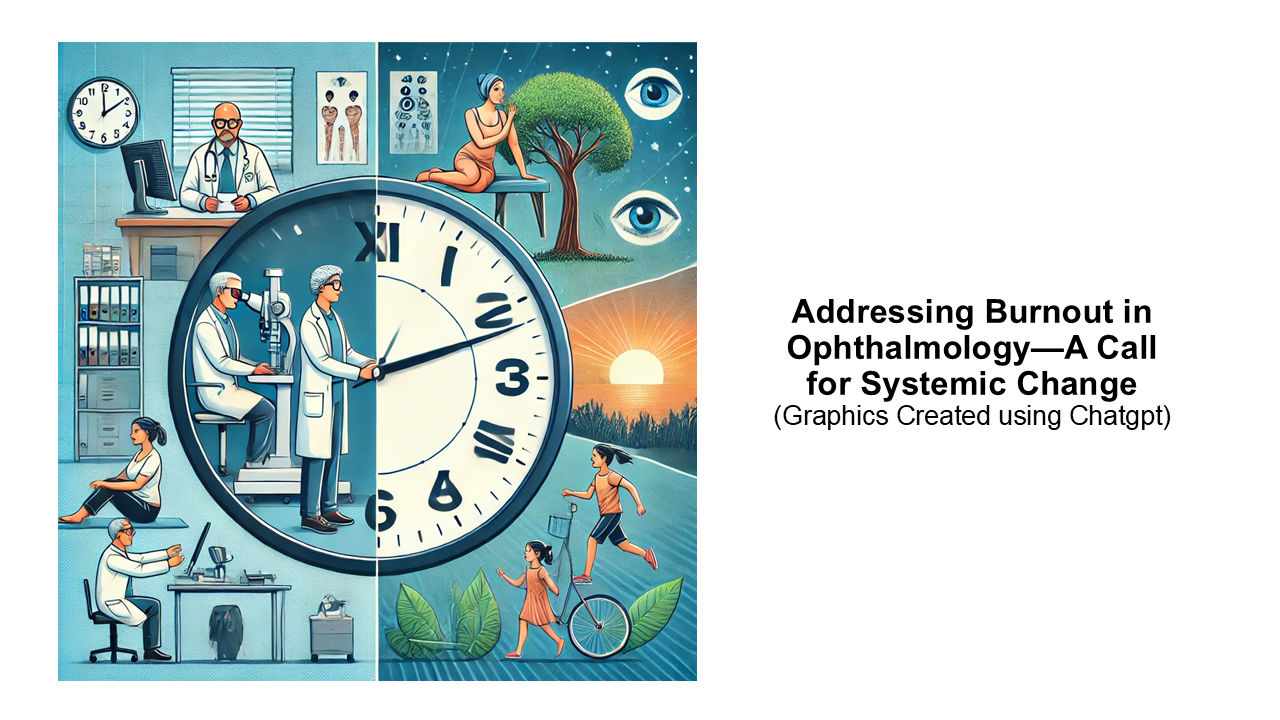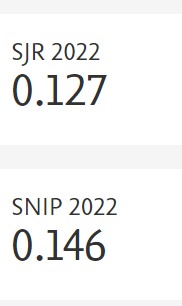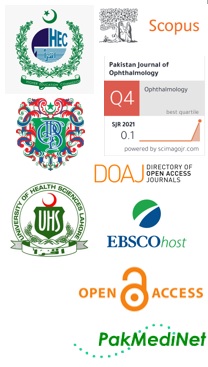Addressing Burnout in Ophthalmology—A Call for Systemic Change
Doi: 10.36351/pjo.v41i2.2011
DOI:
https://doi.org/10.36351/pjo.v41i2.2011Abstract
Burnout or ‘Syndrome of Professional Wear and Tear’’ is an increasingly recognized issue in the field of ophthalmology, affecting both those in training and established practitioners.A study reported that 6.9% of participants experiencing burnout were from ophthalmology, with most being residents (81.4%) working 60–80 hours per week.1 Burnout rates were higher in females, with 46.3% reporting early burnout and 36.6% advanced burnout, compared to 32.8% and 25% in males, respectively. While general surgeons and gynecologists were more prone to advanced burnout, eye surgeons and residents showed a notable vulnerability to burnout.1,2Ophthalmologists experience notable levels of emotional exhaustion, depersonalization and a diminished sense of personal accomplishment, representing key types of burnouts in the field.The relentless demands of a highly specialized and technical field of surgery, coupled with administrative burdens and the pressure to maintain a work-life balance, contribute to early career exits and declining mental well-being among professionals.3 To ensure the longevity and fulfillment of ophthalmologists, a multifaceted approach that addresses burnout at both individual and systemic levels is critical.

Downloads
Published
How to Cite
Issue
Section
License
Copyright (c) 2025 Ambreen Gull

This work is licensed under a Creative Commons Attribution-NonCommercial 4.0 International License.






